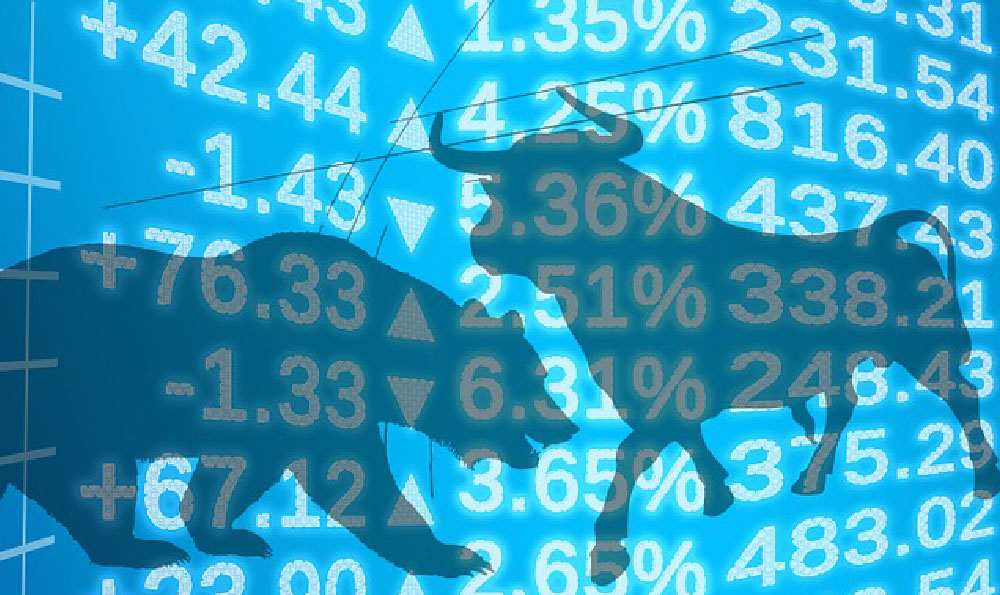
Is Bitstamp Volume Low? Where to Track Bitstamp Trading Volume? Cryptocurrency trading volume serves as a critical indicator of market interest, liquidity, and overall health. Bitstamp, one of the oldest and most reputable cryptocurrency exchanges, sees considerable traffic, but questions often arise: Is Bitstamp volume truly low compared to competitors, and where can traders accurately track Bitstamp trading volume to make informed decisions?
Understanding Bitstamp's Role and Trading Volume Context
Bitstamp holds a prominent position within the cryptocurrency exchange landscape, known for its regulatory compliance, security measures, and longevity. While not always boasting the absolute highest trading volumes, its standing is built upon reliability and trust. Trading volume fluctuates, and it's important to place Bitstamp’s volume into the broader context of market conditions and exchange characteristics.

Several factors can influence Bitstamp's trading volume:
- Market Sentiment: Overall bullish or bearish trends across the crypto market directly impact trading activity on all exchanges, including Bitstamp. A general downturn typically leads to reduced volumes.
- Bitcoin Dominance: As Bitstamp primarily facilitates trading in major cryptocurrencies like Bitcoin (BTC) and Ethereum (ETH), BTC's dominance in the market plays a role. High Bitcoin dominance may concentrate trading activity on BTC pairs, potentially affecting altcoin volumes.
- Regulatory Environment: Bitstamp's commitment to regulatory compliance can sometimes result in a more cautious approach to listing new tokens or offering certain trading products, indirectly influencing volume.
- Geographic Focus: Bitstamp has a strong presence in Europe and caters to a specific audience. Regional events and regulations can affect trading activity.
How to Track Bitstamp Trading Volume
Keeping an eye on Bitstamp's trading volume is vital for informed trading. Several reliable platforms offer access to this data:
- CoinMarketCap: CoinMarketCap is a leading source for cryptocurrency market data, providing real-time information on trading volume for various exchanges, including Bitstamp. You can find volume data for specific trading pairs (e.g., BTC/USD, ETH/EUR) on Bitstamp.
- CoinGecko: Similar to CoinMarketCap, CoinGecko provides comprehensive cryptocurrency market data, including exchange volume. It offers charts and tools to visualize volume trends over different timeframes.
- Messari: Messari is a platform focused on providing institutional-grade cryptocurrency data and research. It offers in-depth metrics on exchanges, including Bitstamp, going beyond simple volume numbers to provide a more nuanced analysis.
- TradingView: TradingView is a popular charting and trading platform that integrates data from various exchanges, including Bitstamp. You can use TradingView to track volume alongside price charts and technical indicators.
- Bitstamp's Official Website: The most direct source is, of course, Bitstamp's own website. While they may not provide historical data as extensively as third-party platforms, you can typically find current trading volume for specific pairs directly on their trade interface.
- CryptoCompare: CryptoCompare aggregates cryptocurrency data, including exchange volumes. It provides a good overview of Bitstamp's volume compared to other exchanges.
Analyzing Trading Volume Data
Simply observing volume isn’t enough. It's essential to understand how to interpret the data.
- Spikes and Dips: Sudden increases in volume can indicate strong buying or selling pressure, potentially signaling a price breakout or reversal. Conversely, a sudden drop in volume can suggest a lack of interest or a period of consolidation.
- Volume Confirmation: Confirming price movements with volume is crucial. For example, a price increase accompanied by rising volume suggests a stronger, more sustainable trend than a price increase on low volume.
- Comparison to Historical Data: Compare current volume to Bitstamp's historical volume data to identify trends and anomalies. Is the current volume significantly higher or lower than the average over the past week, month, or year?
- Comparison to Other Exchanges: Compare Bitstamp's volume to that of other major exchanges offering similar trading pairs. This can help you gauge Bitstamp's relative liquidity and market share.
Is Low Volume Always a Bad Sign?
Not necessarily. While high trading volume generally indicates strong market interest and liquidity, low volume doesn't always signify a problem.
- Bear Markets: During bear markets, trading volume typically decreases across the board as investors become more risk-averse.
- Consolidation Periods: After a significant price move, a period of consolidation with low volume is common. This allows the market to digest the previous move before establishing a new trend.
- Altcoin Specificity: The specific cryptocurrency pair being traded matters. Some altcoins naturally have lower trading volumes than Bitcoin or Ethereum.
- Exchange Specialization: Bitstamp’s focus on a regulated environment may attract a different type of trader who values security over maximizing short-term gains based on volume.
Conclusion: Informed Trading Requires Diligent Volume Tracking
While perceptions of "low" volume are subjective and dependent on market conditions, tracking Bitstamp's trading volume remains an essential practice for cryptocurrency traders. Utilize the resources outlined above to monitor volume trends, analyze market context, and make well-informed trading decisions. Don't rely solely on volume; combine it with other technical and fundamental analysis to develop a comprehensive trading strategy. Always remember to prioritize risk management and invest responsibly.

